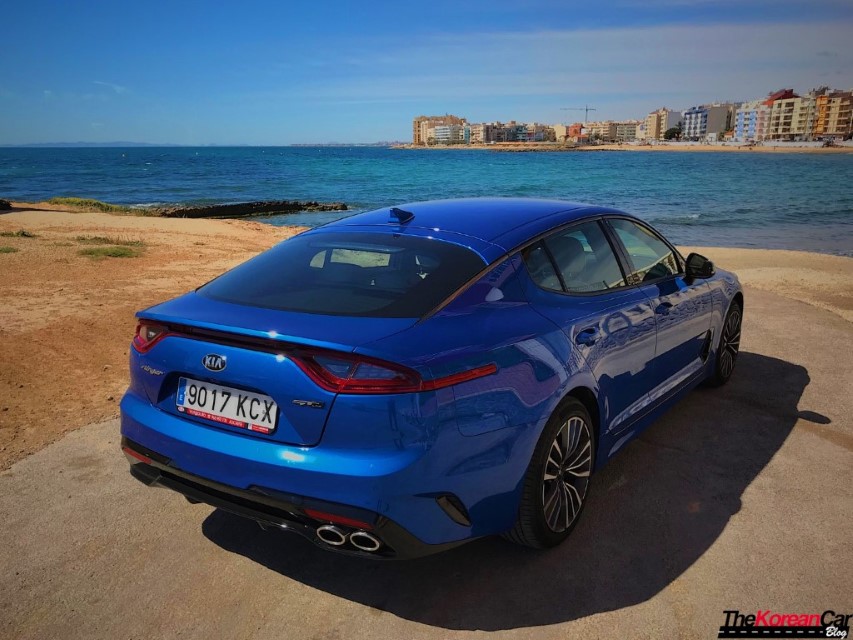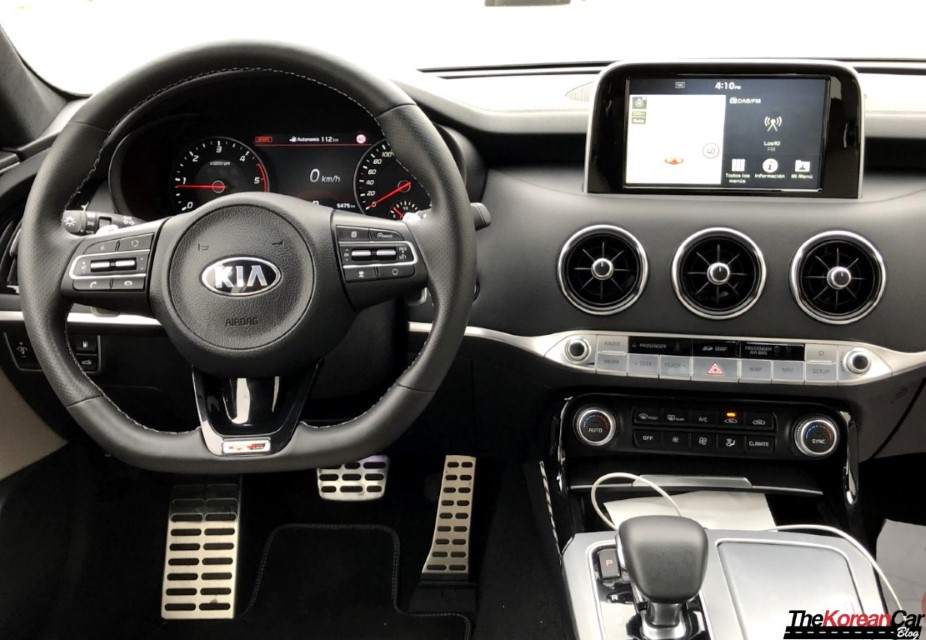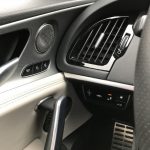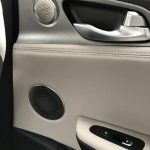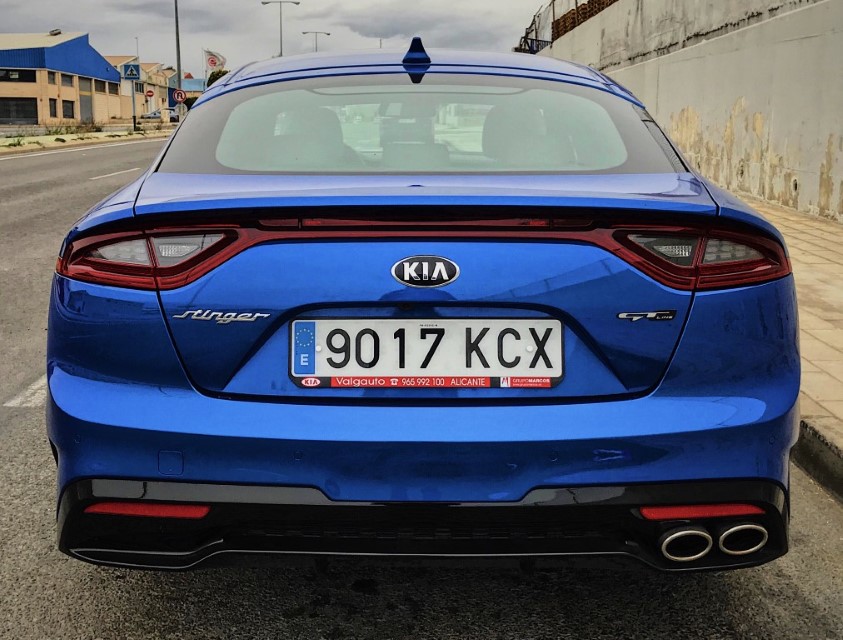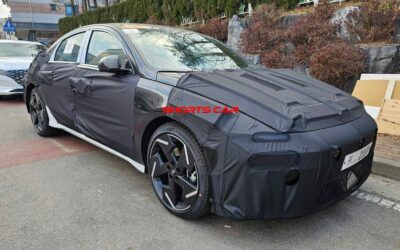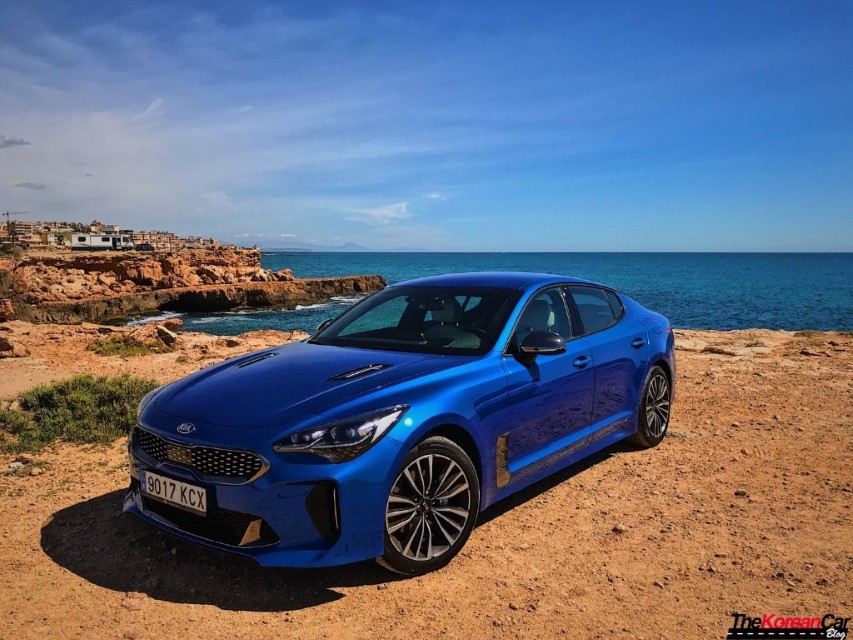 During the 2011 Frankfurt Motor Show, Kia surprised everyone with the debut of the GT Concept, a sleek sportscoupe, using a 3.3 Twin-Turno and with a final output of 400 hp.
During the 2011 Frankfurt Motor Show, Kia surprised everyone with the debut of the GT Concept, a sleek sportscoupe, using a 3.3 Twin-Turno and with a final output of 400 hp.
[ads id=”9″]
After a few years of rumors, reports, spy pictures, etc. Kia finally launched a production version of this GT concept car, and named as Stinger. As the most powerful Kia car ever, the Stinger turned into the “halo-car” from South Korean brand, offering among others, the same engine that was showcased on the GT Concept Car, at this time with a final output of 370 hp and RWD/AWD options.
The Stinger range offers also, in Europe, two additional engines, a 2.0-liter Turbo GDi with 255 hp and a Diesel engine, that uses a revised 2.2 CRDi R-Engine with 200 hp. All engines are matted to a in-house 8-speed automatic transmission.
The Kia Stinger 2.2 CRDi we have tested was a GT-Line unit, which is the top version despite the GT variant which is only available for the 3.3 Twin Turbo that we will test soon. Kia is doing a great job with this car, I’m sure that everyone who see this car and try, even with the diesel variant, will be very surprised due to its sporty design, interior quality and driving dynamics.
From the exterior, where it looks agressive and wider with the front & side air intakes, to the interior where it looks elegant, covered by leather, solid adjustments, the plane-inspired air vents or the two tone ambient.
Inside, the body posture while driving is perfect, it can be configured practically to the liking of each driver, electrical settings from the steering wheel, seats, etc. Visibility is a good point, until you try to look back, but at the end you have a lot of sensors like the 360º camera, the rear cross traffic alert and blind spot detection so you will not suffer that much.
At the time you were inside the Stinger GT-Line trim, you will definitely fell like you’re in a luxury car. The cabin is dominated by nice-to-touch materials that are both soft and tactile, with real metal touches and a very sturdy build.
Kia Stinger Interior Quality Details
Going in and out from the car is a little bit difficult due to the car is low as well as has a lower roofline, specially at the rear seats. But the best thing of the Kia Stinger, despite the design and price, is the driving dynamics. According to Kia, this car was developed and tuned with the BMW 4-series on the horizon.
The head of this tuning was Albert Biermann, ex-BMW M Performance Chief and after you take your seat and start driving, you feel the difference.
[ads id=”8″]
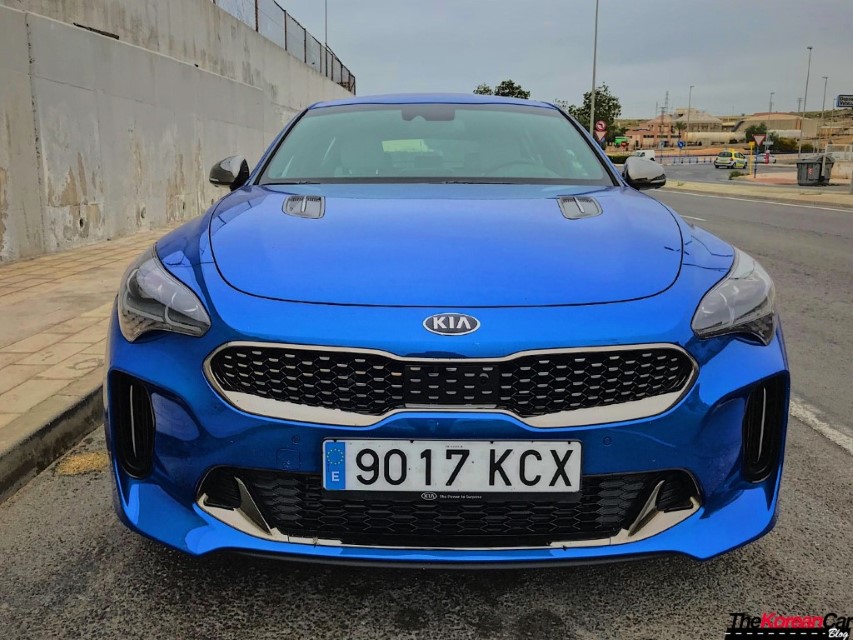 Despite the lenght (4,83 m) and the weight (1,778 kg) the car shows a very agile response but it does not feature the clever tech that makes its more potent sibling impressively nimble given the Stinger’s size, but the diesel version still changes direction sweetly, we mention the adaptive dampers of the V6 engine, so changing between Comfort, Sport and Sport+ drive modes doesn’t do anything to change the manner in which this car rides.
Despite the lenght (4,83 m) and the weight (1,778 kg) the car shows a very agile response but it does not feature the clever tech that makes its more potent sibling impressively nimble given the Stinger’s size, but the diesel version still changes direction sweetly, we mention the adaptive dampers of the V6 engine, so changing between Comfort, Sport and Sport+ drive modes doesn’t do anything to change the manner in which this car rides.
However, the Sport+ setting will add weight to the steering and pare down the traction control, as well as increase the amount of synthesised engine noise that’s pumped into the cabin via the Stinger’s Active Sound System. We found that we left the Stinger in Comfort for the majority of our time with it, if only because this powertrain doesn’t particularly inspire you to drive with the enthusiasm that the petrol models do.
Overall, the handling experience of the Stinger diesel all-wheel drive is sporty, but it’s definitely more of a cruiser than a corner devourer, for that we might recommend you the V6 with RWD that we will be testing in a few weeks.
Special thanks to Valgauto Motor who left us the car for this test drive.

